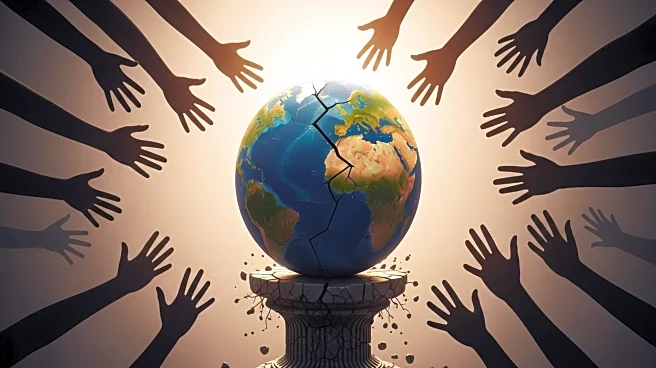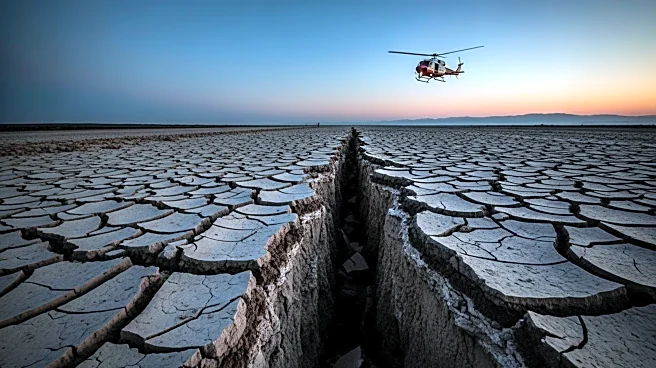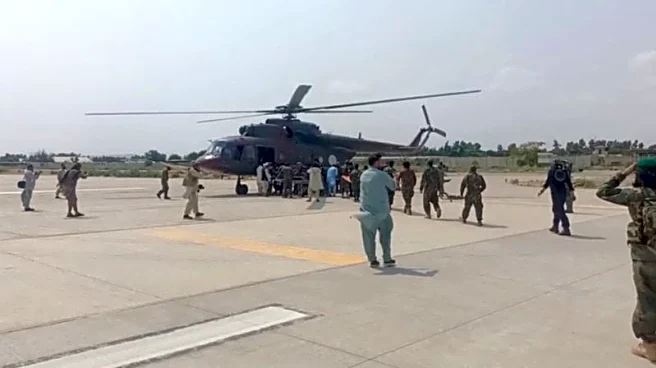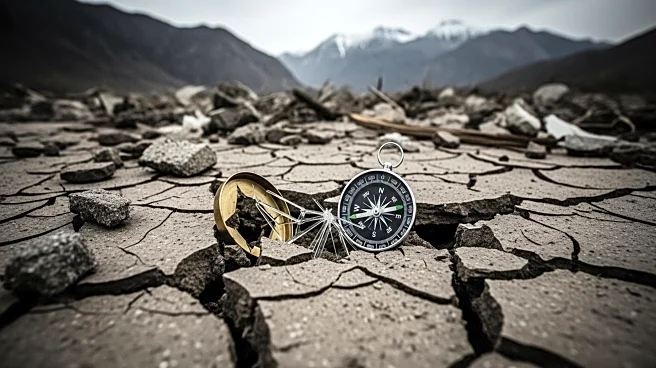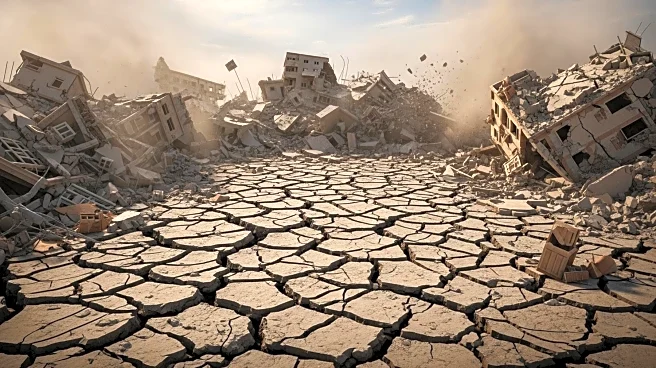What's Happening?
A devastating earthquake measuring 6.0 on the Richter scale has struck northeastern Afghanistan, resulting in at least 800 deaths and over 2,500 injuries. The earthquake has caused significant destruction in the region, affecting numerous communities and infrastructure. Rescue operations are underway as authorities and international aid organizations work to provide relief and support to the affected areas. The disaster has highlighted the vulnerability of Afghanistan to natural calamities, given its geographical location and socio-economic challenges.
Why It's Important?
The earthquake in Afghanistan has severe humanitarian implications, with thousands of people affected and in need of urgent assistance. The disaster underscores the need for improved infrastructure and emergency preparedness in the region. It also poses challenges for international aid organizations and governments, including the U.S., which may need to provide support and resources for relief efforts. The situation could impact regional stability and require coordinated international response to address the immediate needs and long-term recovery.
What's Next?
Efforts to provide immediate relief and support to the affected communities will continue, with international aid likely to play a crucial role. The focus will be on rescuing trapped individuals, providing medical care, and ensuring access to food, water, and shelter. Long-term recovery plans will need to be developed to rebuild infrastructure and support the affected populations. The international community, including the U.S., may need to assess their involvement in aid and reconstruction efforts.


